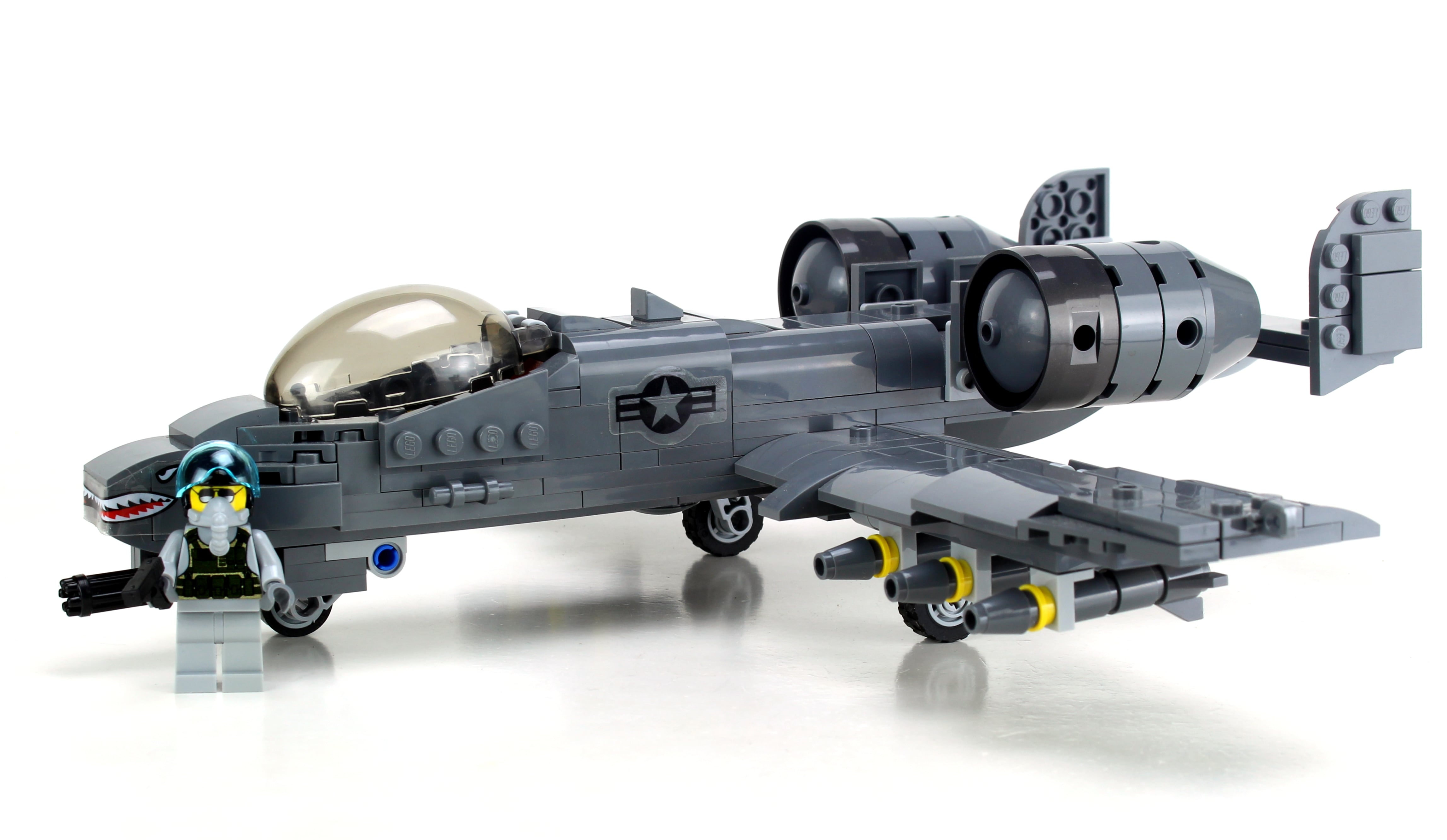When the Army formally unveiled its new tank on June 8, the service’s acquisition officials didn’t mince words.
The M10 Booker, formerly known as Mobile Protected Firepower, is not a light tank, they argued.
Doug Bush, the Army’s acquisition chief, said the Booker is a “combat vehicle,” and declined to wade into “esoteric and borderline religious debate among the armored community about what [the word tank] means” when asked why the vehicle isn’t a tank. Never mind that he accidentally called it a tank in his opening remarks.
Maj. Gen. Glenn Dean, who oversees ground vehicle development, took a stab at it during the same roundtable.
“In the [U.S.] Army, the historical use of light tanks has been to perform reconnaissance functions. This is not a reconnaissance vehicle,” Dean said. “It’s not actually a mission match [for a light tank].”
And yet other stakeholders disagree.
The service’s top officer, Gen. James McConville, sounded his opinion on the Booker during a June 13 press conference.
“To me, it’s a light tank,” McConville said, reaffirming his Oct. 2021 remarks at the Association of the U.S. Army conference declaring the same.
Others have been more conflicted.
In 2017, the Booker’s former program manager, David Dopp, said “I don’t want to say it’s a light tank, but it’s kind of like a light tank.”
Even Army Secretary Christine Wormuth acknowledged that “some call it a light tank” during the June 13 press conference.
In order to determine once and forever more whether the Booker is a tank, we at the Military Times Observation Post developed a legal test* based on Supreme Court Associate Justice Potter Stewart’s 1964 concurring opinion in Jacobellis v. Ohio.
“I know it when I see it,” Potter famously argued. He may or may not have been describing his method of determining whether a video was “hardcore pornography” and thus in violation of Ohio’s obscenity law, but it’s a convenient way to make up an official-sounding intellectual framework that just happens to support our (correct and esteemed) opinion.
So let’s evaluate the Booker according to the Potter Tank Test: Do we know it to be a tank when we see it?
Yes.
It has full tracks. So do tanks.
It has a 105mm main gun intended for direct-fire engagements. So do tanks, and the original M1 Abrams had a similar cannon.
Its turret can traverse 360 degrees. So can those of tanks.
Its controls mimic those of the M1 Abrams main battle tank.
It doesn’t carry infantry into battle. Neither do tanks.
It’s protected enough to withstand attacks from enemy armored vehicles. So are tanks.
Even Dean, a prominent Booker tank denier, confessed that it “looks like, smells like [and] feels like” a tank.
So why does a faction within the Army tell us to reject the evidence of our eyes and ears?
A potential answer comes via a 2019 white paper — first published by the Association of the U.S. Army, and recently resurfaced by Task & Purpose — in which two officers argue that the service intentionally moved away from the “light tank” label.
The Booker is much smaller than the Abrams main battle tank, which officials say will allow it greater maneuverability and reduced maintenance needs while also providing powerful support to the infantry brigades they’ll join.
But for its advantages, the Booker isn’t supposed to square off against enemy main battle tanks. The white paper’s authors argued, then, that dropping the “light tank” moniker was meant to “dissuade” troops from using it like a main battle tank rather than in the infantry support role they envisioned.
We at the Military Times Observation Post hereby reject the Army’s final, most essential command.
The Booker is a tank, even if it defies the modern armored imagination.
Before today’s main battle tanks devoured their siblings and became one tank to rule them all, armies around the world had different tanks for different functions.
Even the U.S. military maintained a medium tank capability through the M551 Sheridan until 1996 — ten Sheridans from the 82nd Airborne Division’s 3rd Battalion, 73rd Armor completed a combat jump into Panama for Operation Just Cause in 1989. Imagine flinging an Abrams from a plane.
Perhaps modern warfare requires an un-merging of the tank’s intellectual family tree. We’ll leave it to the maneuver doctrine nerds to figure that one out.
But for now? Stop gaslighting us. It’s a damn tank.
* This is not legal advice.
Defense News land warfare reporter Jen Judson contributed reporting to this story, but said she would not wade into the murky depths of this debate.
Davis Winkie covers the Army for Military Times. He studied history at Vanderbilt and UNC-Chapel Hill, and served five years in the Army Guard. His investigations earned the Society of Professional Journalists' 2023 Sunshine Award and consecutive Military Reporters and Editors honors, among others. Davis was also a 2022 Livingston Awards finalist.
Tags:
M10 BookerMoBiLe PrOtEcTeD fIrEpOwErArmy vehicle developmentArmy light tankIs the M10 Booker a tank?In Other News















